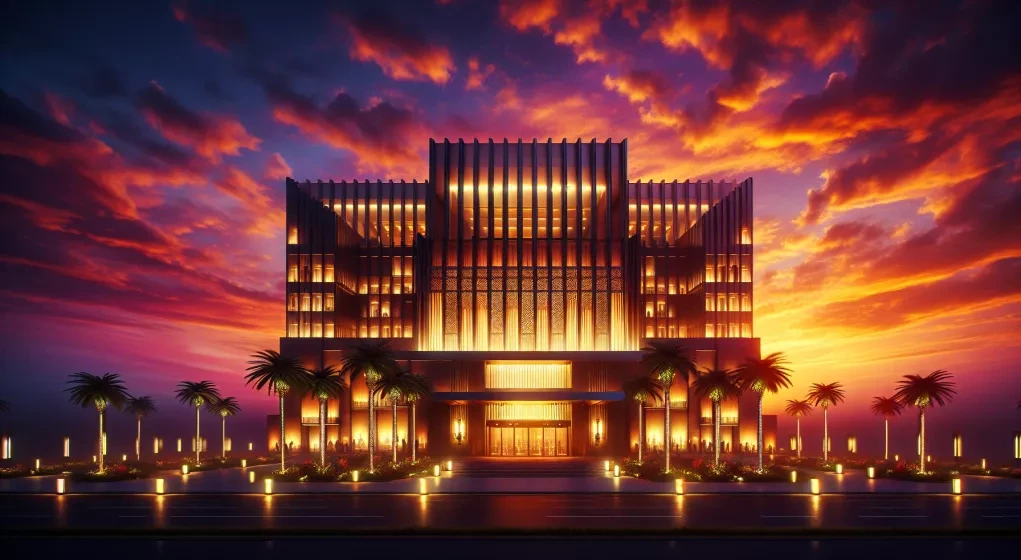In a city where the lights never dim and the show must always go on, a chapter of Las Vegas history is scheduled for a dramatic finale. The imminent implosion of the Tropicana Las Vegas, a storied sentinel of the Strip, is now a stark reality. Rising from the desert 67 years ago, the Tropicana will soon exhale its final breath as Clark County has greenlighted a permit for Bally’s Corp. Residents and visitors have until October 20 to cast their last lingering looks upon this bastion of old Vegas, whose foundations tremble with anticipation of their own demise.
The Boardwalk Hotel & Casino, another jewel in the Vegas crown, succumbed to a similar fate back on May 9, 2006. As a city, Las Vegas is no stranger to choreographing the demolition of its iconic establishments into grand spectacles. These events become part of the lore of the city, gathering crowds and leaving hearts pounding as they witness a piece of history crumble to dust, making way for the new.
With the permit in its pocket since April 20, Bally’s still faces a hefty $48,000 in application fees to animate the destruction. The rubble will carry a price tag of $15 million, the explosive finale proving an expensive but necessary closure to one of Vegas’s long-standing attractions.
The implosion, orchestrated with meticulous care, will be in the capable hands of GGG Demolition, a woman-owned firm from Orange, California aptly abbreviated as “Going, Going, Gone.” Soo Kim, the Chair of Bally’s, suggests that September or October will serve as the stage for this grand performance, pending the acquisition of the necessary permits.
An auction house, Ohio’s International Content Liquidations, is presently ensuring that every detachable fragment of the Tropicana is harvested and rehomed, whether as singular relics or fully furnished hotel suites. The prelude to the final act involves stripping the casino resort bare, readying it for the moment it kisses the skyline goodbye.
Yet beyond the spectacle and inherent nostalgia, Bally’s vision extends to a grander construct, one involving a new $1.5 billion ballpark for the Oakland Athletics. Mortenson-McCarthy, the construction firm poised to shape this vision into steel and concrete, has set their sights on an April 2025 commencement to unfurl the blueprint that should see completion by the 2028 season. However, clouds of uncertainty amass overhead as Bally’s has been throttled by a recent slump in credit rating to junk status by Moody’s.
Strain on Bally’s finances runs deep, with an $800 million shortfall derailing plans for a Chicago casino hotel, casting a long shadow over future developments. A high leverage and a less than stellar credit rating make the path to securing financing a perilous trek through high-interest terrain.
Gaming and Leisure Properties Inc., the true custodian of the vast 35-acre Tropicana estate, stands by as Bally’s navigates through the uncertainties of a 50-year lease signed in 2021. As the clock ticks towards the Tropicana’s swan song, many Vegas acolytes harbor fears. With its demise, they contend, the Strip could lose another venerable landmark, only to be endowed with a barren stretch of land, lying fallow, potentially for years to come. In Las Vegas, the past is prologue, but the future remains a gamble.






